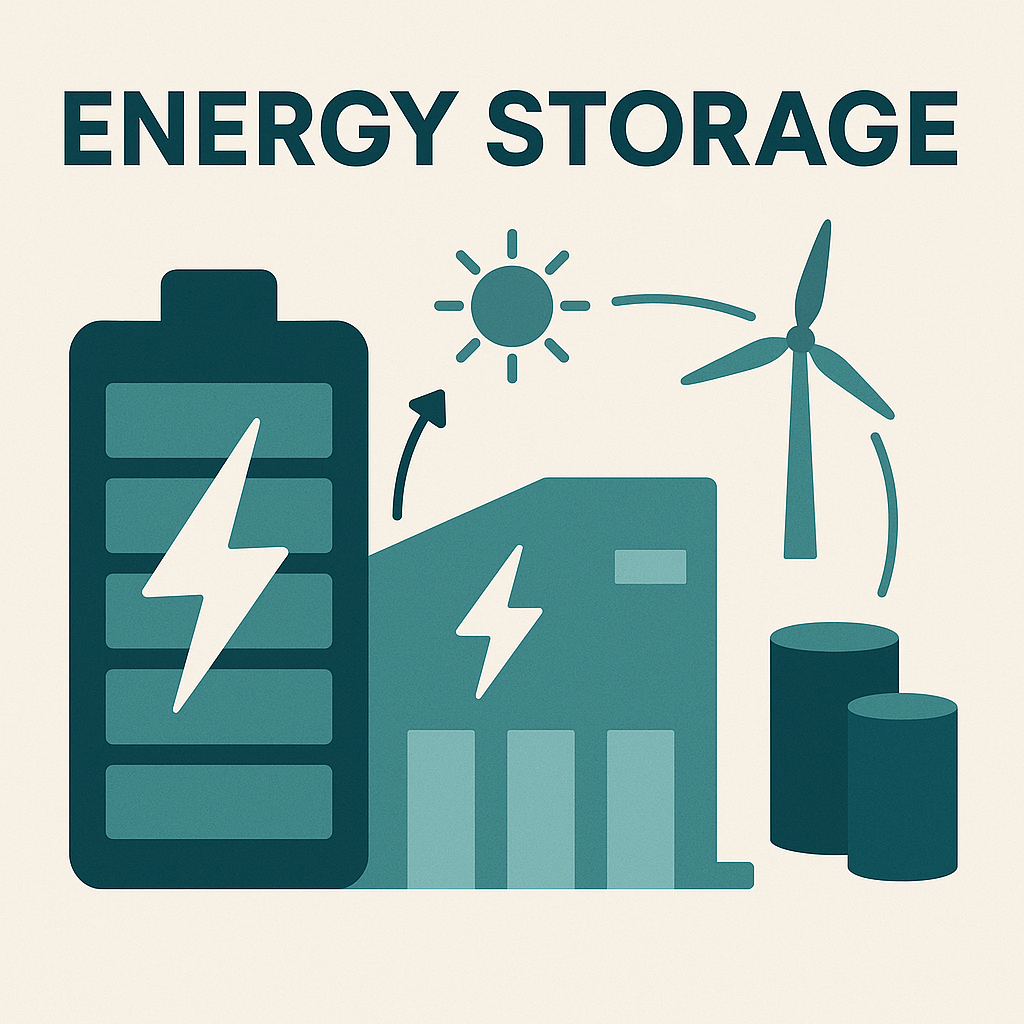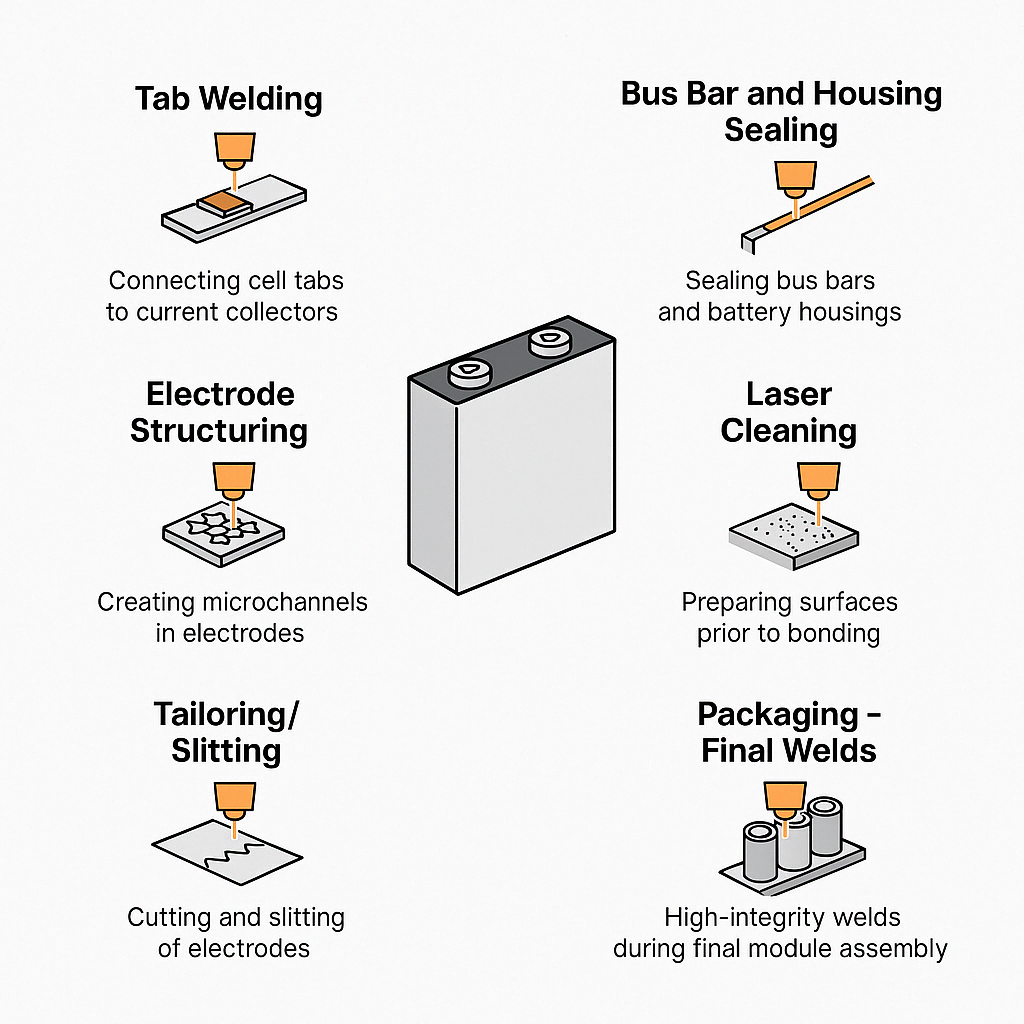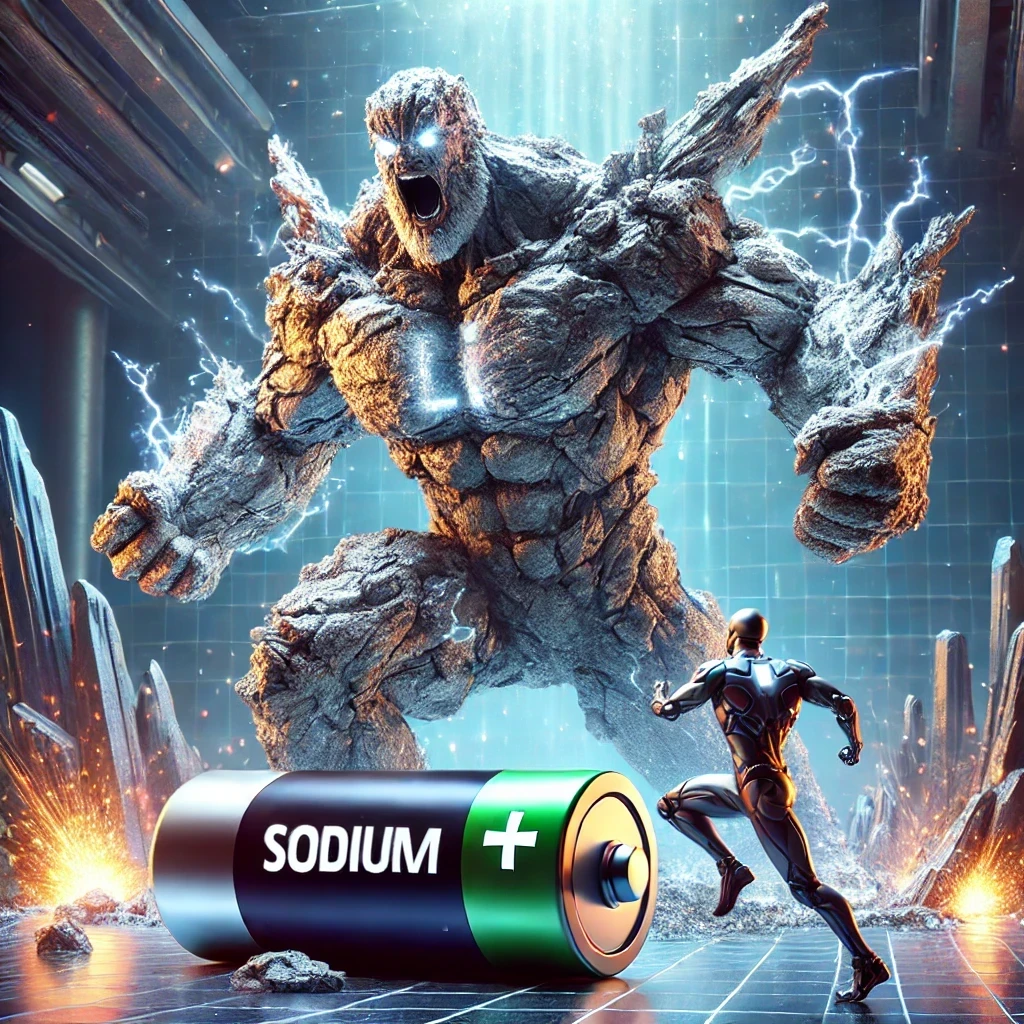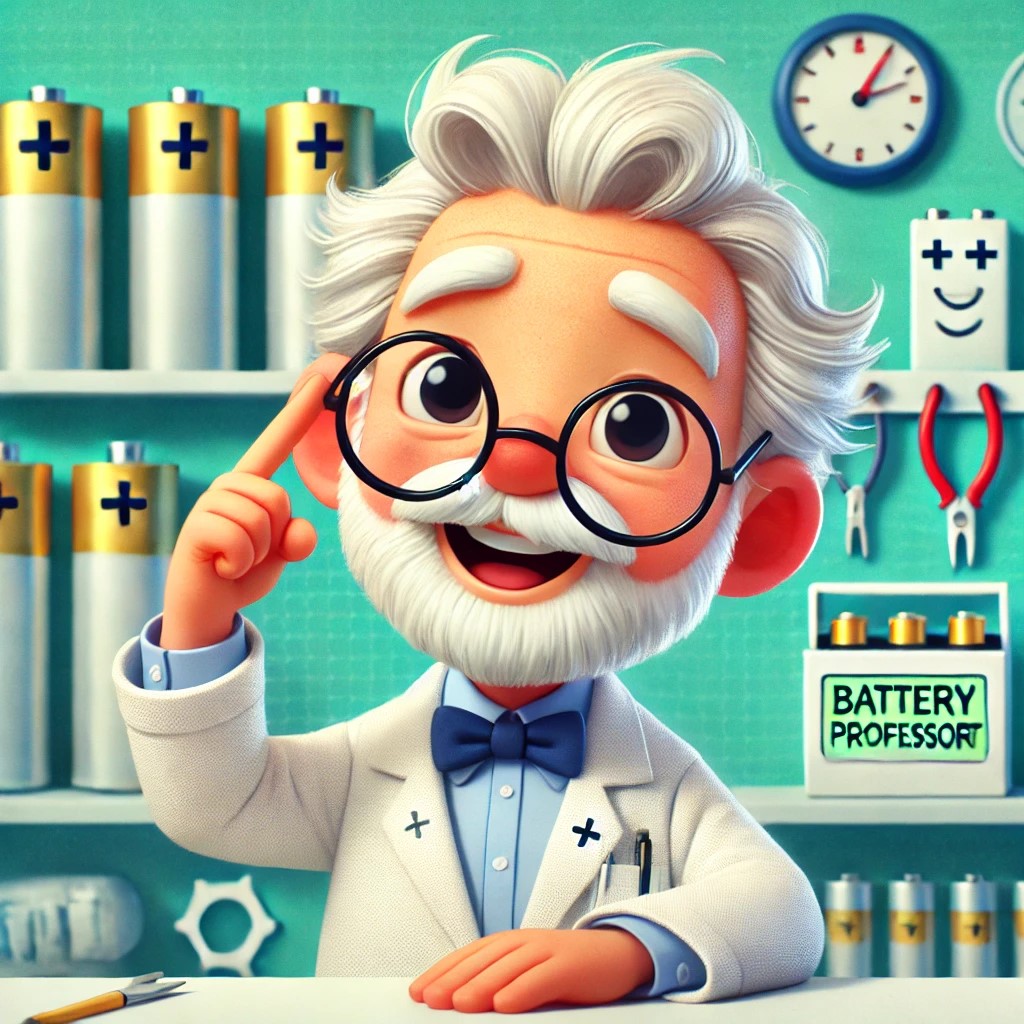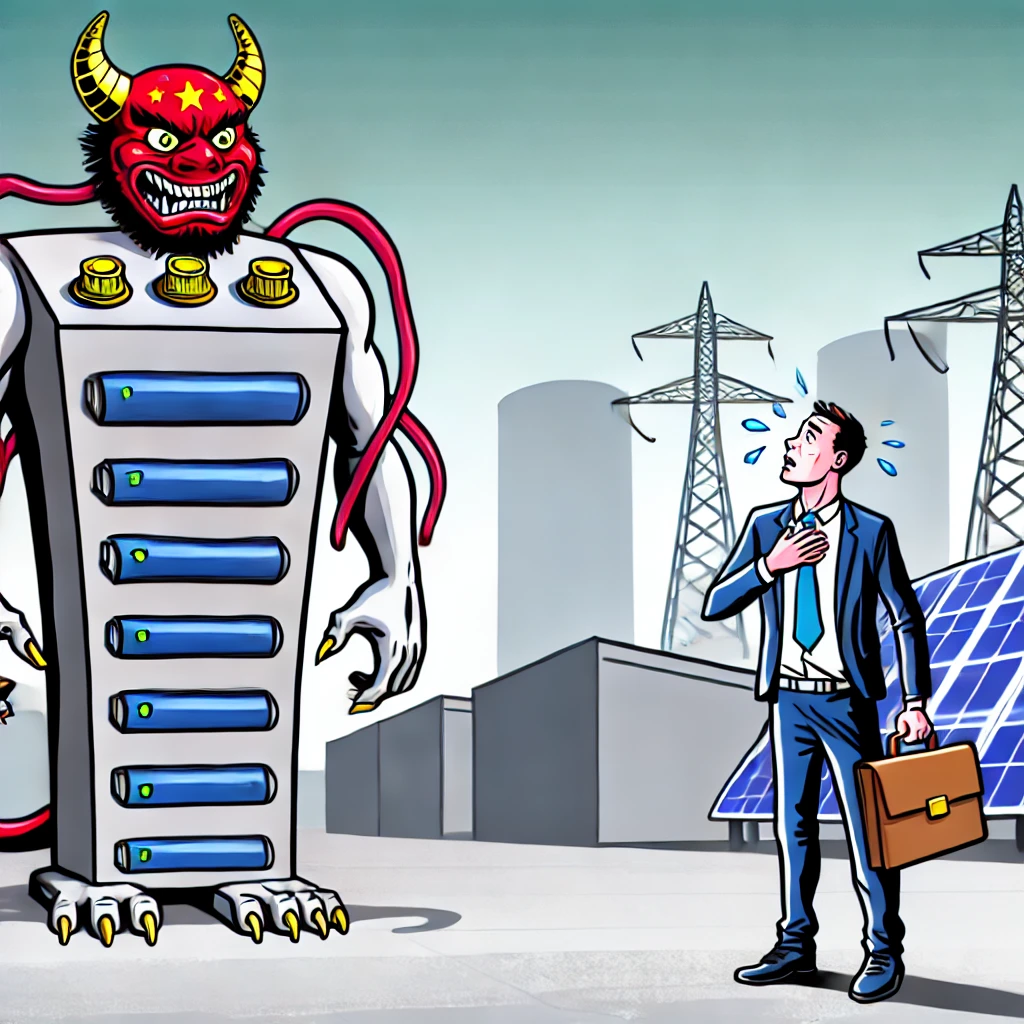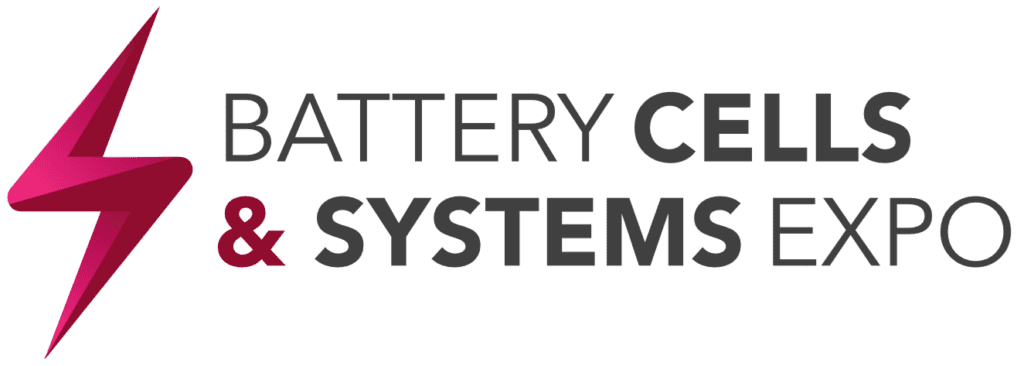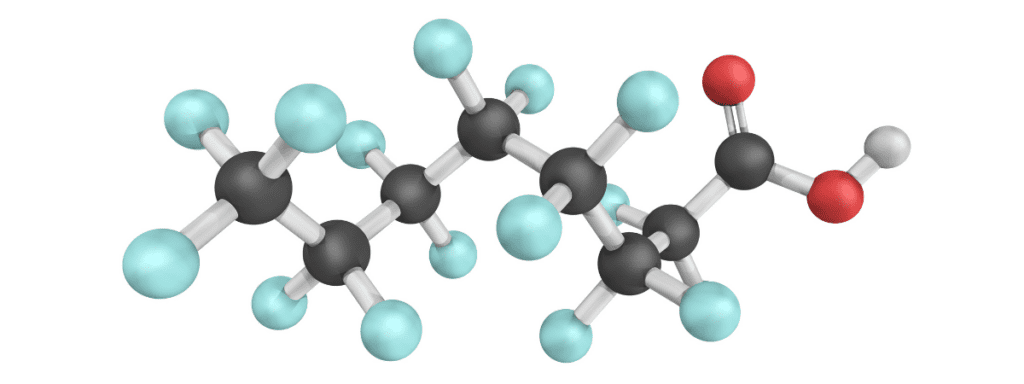Our blog
Read our latest articles to be updated about industry news
In June 2025, the Advanced Automotive Battery Conference (AABC) Europe once again brought together the global battery community. While Simmol attended the event virtually, the experience proved just as insightful. From breakthroughs in EV cell chemistry and ultra-fast charging to solid-state batteries and BESS safety, the conference offered a deep dive into the most exciting advancements across the industry.
In this blog post, we share our curated highlights from the event, with a special focus on technologies that matter to our customers in energy storage and battery development. Whether you’re tracking solid-state roadmaps, thermal propagation solutions, or the next frontier in battery recycling, the AABC 2025 report has something for you.
Download the full article
As AI continues to shape the energy storage landscape, a frequently asked question arises: Should AI models run on the battery management system (BMS) itself, or is cloud computing sufficient?
While the vision of fully autonomous, AI-driven edge devices is attractive, the reality is more nuanced. Let’s explore when Edge AI truly adds value to a BMS, and when it’s better to keep intelligence in the cloud.
With over 2 GW of projects in development and a CAGR nearing 30% through 2030, Belgium is outpacing many European peers in energy storage growth.
In our latest deep dive, we explore:
- Why Belgium’s policy and market design are attracting major investments
- Key players shaping the future – GIGA Storage, TotalEnergies, ABEE
- Breakthrough technologies – from solid-state and sodium-ion to flow batteries
- Innovative projects like ENERGYNEST redefining long-duration thermal storage
- What investors must ask in a fast-evolving, localization-driven industry
Read the full analysis and gain a future-ready perspective on Belgium & Europe’s energy storage frontier.
In advanced battery production, laser welding is no longer just an option — it’s essential.
I’ve summarized six high-impact applications of laser welding in lithium-ion battery manufacturing, from electrode micro-structuring to final module packaging. The advantages are clear:
✔️ Micron-level precision
✔️ No tool wear or consumables
✔️ Seamless digital integration
✔️ High repeatability — even on complex geometries
Thinking about launching a cutting-edge battery cell manufacturing operation? The Leadership Cell Manufacturing Cook Book is your go-to guide for navigating market strategy, technology sourcing, R&D, supply chains, quality control, and sustainable growth. Packed with practical insights, expert recommendations, and proven frameworks, this resource ensures you build a competitive, future-proof business in the fast-evolving energy landscape.
In this blog article, readers will explore the rising significance of sodium-ion batteries as a transformative force in the energy storage and electric mobility sectors. The article delves into how advancements in sodium-ion battery technology, particularly through innovations in cathode materials, are positioning these batteries as a competitive alternative to traditional lithium-ion batteries. It also highlights the potential for sodium-ion batteries to capture significant market share in energy storage systems and cost-sensitive electric vehicle markets in the coming years.
The quest for the next generation of battery technology is a relentless pursuit of efficiency, safety, and sustainability. As batteries become integral to everything from electric vehicles to renewable energy storage, the importance of advanced testing and materials characterization cannot be overstated. This blog delves into the key aspects of battery material testing, highlighting the critical role of analytical solutions in driving battery innovation.
China’s leadership in the lithium-ion battery industry is a result of multiple interwoven factors. Central to this dominance is robust government support. Substantial subsidies and favourable regulations have fuelled rapid growth, while strategic investments in research and development have driven technological advancements. This proactive stance has enabled Chinese manufacturers to stay ahead in innovation and production capabilities.
An integrated supply chain further bolsters China’s position. Controlling a significant portion of the global supply of critical raw materials like lithium, cobalt, and nickel, China benefits from vertical integration, reducing dependency on external sources and enhancing efficiency. Large-scale production capabilities have also allowed Chinese companies to capitalize on economies of scale, lowering costs and increasing competitiveness.
Technological prowess is another key factor. Continuous R&D investments and collaborations with leading academic institutions have led to significant improvements in battery chemistry, energy density, safety, and lifecycle. Adoption of advanced manufacturing techniques, such as automation and AI, has enhanced production quality and efficiency.
Market demand within China plays a crucial role as well. As the largest market for electric vehicles and with strong initiatives in renewable energy, domestic demand for lithium-ion batteries remains high. Additionally, a thriving consumer electronics market further drives the industry’s growth.
Cost competitiveness, aided by lower labour costs and government subsidies, allows Chinese manufacturers to offer competitive pricing. Strategic global expansion through international partnerships, acquisitions, and strong export capabilities has extended their market reach.
Lastly, a skilled workforce, strengthened by educational initiatives, supports the high-tech demands of the industry. Together, these factors create a formidable foundation for China’s leadership in the global lithium-ion battery market.
While the Chinese lithium-ion battery industry holds a significant lead, it is feasible for other regions to catch up or even leapfrog through strategic innovation, government support, supply chain diversification, advanced manufacturing, and sustainability efforts. By leveraging the right strategies, manufacturers outside China can position themselves as competitive players in the global lithium-ion battery market.
For those who are a new entrants it might be better to skip the current lithium-ion technology and focus on industrializing next-generation energy storage solutions. In addition to all the above, a larger and strategic investment in R&D would be required. While challenging, the potential rewards include establishing a leadership position in the emerging energy storage market and driving the future of clean energy.
We have developed a decision-making framework that can help you pick the best strategic path for your company.
We are excited to share insights from the Battery Cells & Systems Exhibition & Conference (BCSEC) 2024, held from May 15-16 in Birmingham. This event gathered industry leaders, innovators, and experts to discuss the latest advancements in battery technology and energy storage solutions. Our detailed report covers key highlights from the conference, including advancements in lithium-ion and solid-state batteries, sustainable practices in battery manufacturing, and the impact of emerging technologies like sodium-ion batteries. Additionally, the report features insights from notable speakers and presents strategies for optimizing gigafactory projects and battery management systems.
Welcome to our latest blog post where we delve into the key insights from the China International Battery Fair (CIBF) 2024, held from April 26-28 in Chongqing. As one of the largest and most influential events in the battery and energy storage industry, CIBF 2024 showcased groundbreaking advancements from over 1,500 exhibitors, drawing more than 100,000 visitors worldwide. Highlights included significant progress in lithium-ion batteries, with high-energy density cells and fast-charging technologies promising to revolutionize electric vehicles and industrial storage. The emergence of solid-state batteries was another focal point, indicating a shift towards commercial viability with anticipated mass production by 2026. Additionally, the event underscored the growing importance of sustainable battery materials and innovative energy storage solutions, highlighting advancements that enhance efficiency and scalability for grid applications and renewable energy integration. Sodium-ion batteries also made headlines, particularly with BYD’s substantial investment in a new mass production facility. Enhanced Battery Management Systems (BMS) featuring machine learning and AI capabilities were prominently featured, offering improved performance monitoring and safety. This event reaffirmed China’s leading role in the battery industry and provided invaluable insights that will inform our future work.
PFAS (Per- and Polyfluoroalkyl Substances) have become a significant pollution concern in recent years. Utilized since the 1940s in numerous everyday items due to their desirable properties, such as resistance to water, oil, and heat, these “forever chemicals” have been linked to severe health risks, including cancer.
In addition to their widespread use in consumer products, PFAS are also integral to the production of nearly all lithium-ion batteries. They are found mainly in three different parts of the battery:
- Binder for the Electrodes: PVDF (polyvinylidene fluoride) and PTFE (polytetrafluoroethylene) are the most commonly used binders in electrodes, and both are PFAS materials. Although many manufacturers produce anodes using water-based processes (thus avoiding PFAS materials), virtually no one makes cathodes without PVDF, except for companies like Leclanché and a few startups. Replacing PVDF in cathodes is far more challenging than in anodes due to corrosion and pH issues.
- Electrolyte Additives: Some electrolyte additives belong to the PFAS family. While these are not always present in the batteries, some manufacturers still use them. There are alternative, proven additives available and in use today, but PFAS-type additives remain common among certain manufacturers.
- Separator Coatings: The coatings on separators are often made using PVDF as a binding agent. Although the separator itself is usually made of non-PFAS materials like PE (polyethylene) or PP (polypropylene), the ceramic coatings require binders to adhere to the base material and to hold the ceramic particles together. PVDF has been the primary material used for this purpose. New separators using PMMA (polymethyl methacrylate) as a replacement for PVDF are emerging but are still in the early stages of deployment. Non-coated separators typically do not contain PFAS, but safety considerations often prevent their use.
Understanding the pervasive presence of PFAS in both everyday items and critical technology like lithium-ion batteries highlights the urgent need for continued research and development of safer alternatives. Reducing reliance on these harmful substances is crucial for protecting both human health and the environment.


